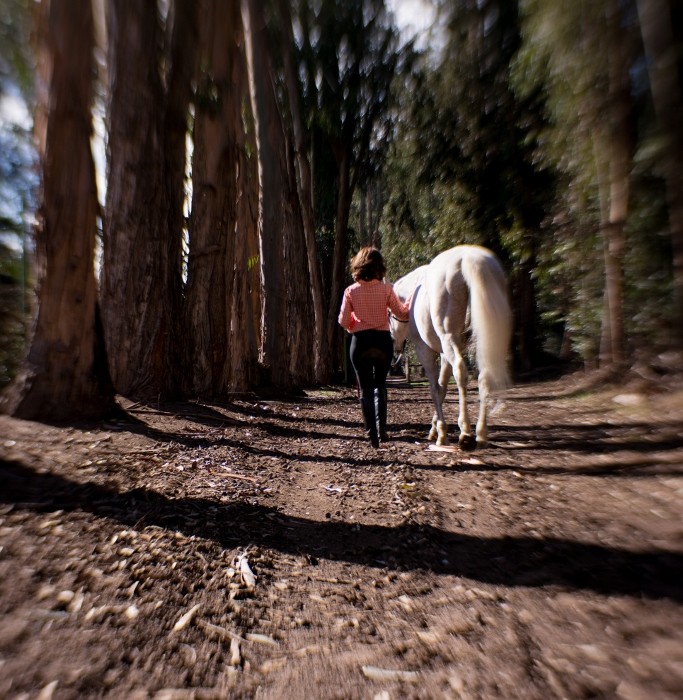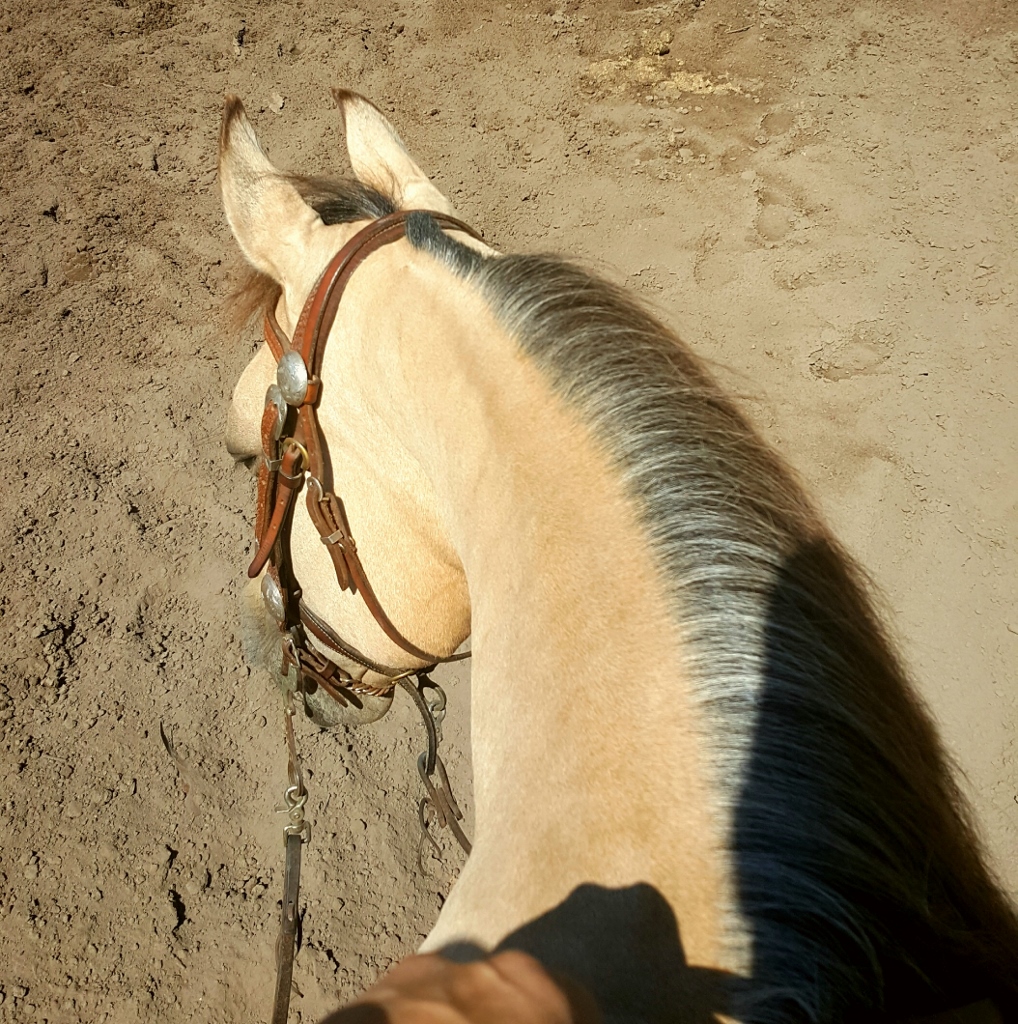When I first began to ride, almost longer ago than I can distinctly remember, I was taught that “respect” is the cornerstone to the horse and rider relationship. Fostering mutual understanding between horse and rider means the horse must respect his rider, and so too must the rider respect his horse. As I progressed in my career with horses and went on to show, train my own mounts, work with different horses, etc., I always came back to the idea of mutual respect and what that really means, and how this simple idea can truly make or break a horse and rider team.
Working With Young Horses
In working with a young horse, there are many variables to consider. I, as the teacher, must first learn to speak his language so that I can teach him mine – this is the first showing of respect that I give to a horse. I promise to do my best to understand him, so that I can set him up to succeed in understanding me. I respect his natural instincts; I don’t attempt to “break him” of his natural “flight” instinct, for instance, I instead respect who he is and how he is made and I figure out a way to channel that instinct into something positive that we can both work with.
Taking the above example, I know that when I am riding my horse and something scares him, his instinct is to “get away”, so I teach him that first, he can trust me to protect him, and second that getting away is fine so long as it is done in a manner that is safe and comfortable for me as the rider (that’s his part of the respect equation).
Working with Outside Influences
When I’m loping a large fast circle and my horse tenses up because a car backfires along the road, it’s perfectly fine for him to round his body and increase his momentum slightly, but it isn’t fine for him to shy, raise his head, lunge to the side, etc. I can work with a controllable momentary increase in speed, but I cannot work with him coming out of the bridle, running away, bucking, kicking out, etc. This is what mutual respect looks like.
Mutual Understanding and Respect Takes Time
These things take time; this mutual respect between horse and rider must be first earned and then fostered in a learning environment. The horse truly does want to please his rider, as in a good relationship, the rider is the “alpha” of the herd, and instinct tells the horse that the “alpha” should be respected. There are a lot of training methods out there that seem to almost defeat the idea of respect and “herd position” – they choose to either employ scare tactics or go completely to the other end of the spectrum and ask the rider to play games with the horse, which brings the rider down a few notches in the herd; you do not want to be your horses “herd mate”, you want to be the “leader” who both demands respect and gives it at the same time. Let’s face it, we’re dealing with a 1000 pound animal who has both a mind of his own and an evolutionary desire to “play” or “react” in a specific way.
When horses play, for instance, they bite, buck, run, chase, kick, etc., and this is all in good fun…I don’t know about you, but I don’t want to “play” with a horse “like” a horse.
Horses Can’t be Reasoned With
I also know that horses cannot be reasoned with as people can; you can’t pull a horse out of a pasture and say to him “Okay, we’re going to play, but you can’t be a horse right now because you might hurt me, got it?”. This is not to say that there aren’t fun activities that you can do with your horse that will enrich both of your lives, because there absolutely are, what I am saying is that these activities must be anchored by a level of understanding and respect that lets the horse know what he is and is not able to do, and you in turn must not put him in a position that allows or suggests that he can treat you as anything other than his leader.
Fostering Mutual Understanding
In the end, it would be disrespectful of me to expect my horse to go completely against his nature; I wouldn’t want to break his natural instincts to run and buck and play like a horse is meant to do – I just don’t want him doing that with me. So, out of respect for him, I won’t ask him to do something that will set him up for failure. It is always my number one goal in teaching anything to any horse of any age to give him both respect and confidence without employing methods that will harm him physically or mentally – I do this by finding a common ground between us and then fostering an environment of mutual understanding where I can earn his respect and keep it. This means waiting until I know that a horse is ready before I ask him to do something – from the first leg swing over his back all the way to a proper sliding stop or well formed circle. It is my job to know when to ask for things and when to circle back to earlier lessons to enforce the things that I am asking…this is how I earn respect, and how I receive it.




